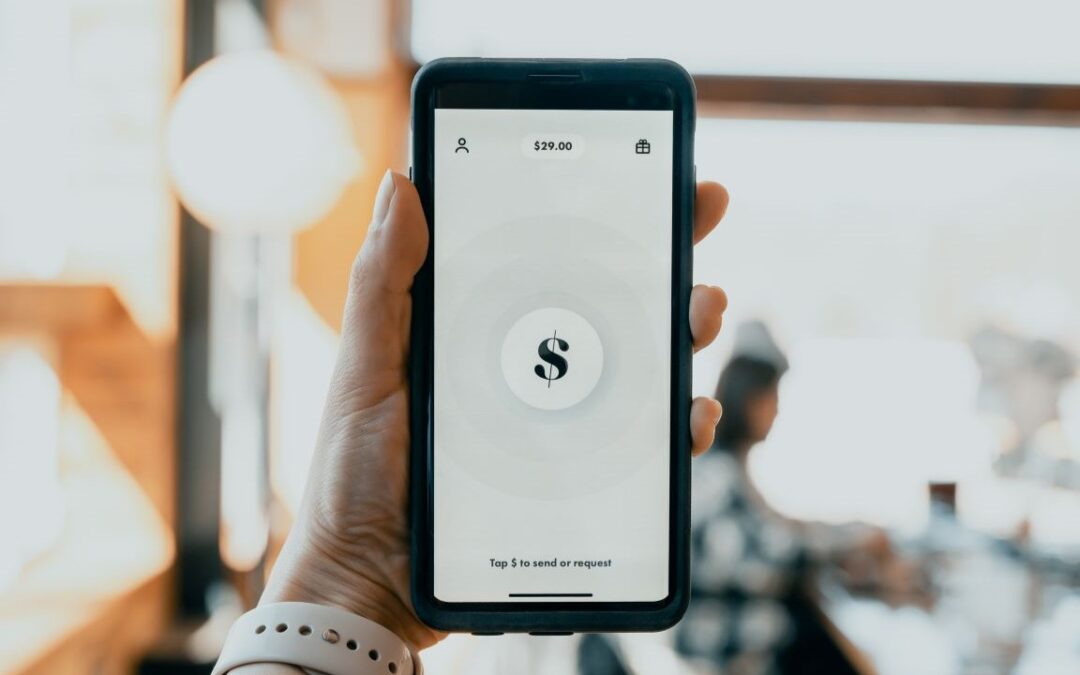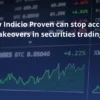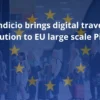Why did consumers lose $8.8 billion to fraud in 2022? Because the systems in place to stop it are slow, outdated, or unintuitive. In this article we’ll explain how verifiable credentials can fix the issue.
By Tim Spring
Systems to prevent fraud and scams are in place across every industry; and yet, the FTC reports fraud increased by 30% from 2021 to 2022. Some may point to the number of chances that bad actors have: the US averages 1,739 credit cards swiped per second, with the average card holder making 210 credit transactions per year. Surely, with that many transactions systems can’t catch everything. Maybe not. But it is troubling that even as security technology advances, fraud is trending ever upward.
2023 saw many technological advances, with one of the most noteworthy being ChatGPT, an artificial intelligence program that generates “human-like text.” Almost immediately, it was misused: a study by SlashNext found a 1,265% increase in general phishing attempts since ChatGPT launched in November of 2022, and a 967% increase in credential phishing attempts. And with ChatGPT built on open-source code, it wasn’t long before malicious actors began making their own programs to do even more damage, leading to the creation of WormGPT and FraudGPT.
Instead of playing “spot the scam,” against a background of ever more complex scams, we need a better way of knowing for sure who we are interacting with. This is where verifiable credentials come in. Someone once described verifiable credentials to me as “multi-factor authentication for life.” Imagine a world where before you even opened the email you could be certain who it was from because there was an authentication process built into the sending.
Today, if you get an important-looking email from the government or your bank, the onus is on you to verify it. Some people might call to double check (and get that second point of authentication), but many might just respond, or worse yet click on links they shouldn’t and provide personal information. The extra step to verify is time consuming. People want convenience, and, frankly, the main line of defense against phishing and other cyber scams shouldn’t be to inconvenience them. We need a fast, easy to use, technical answer.
Indicio believes that verifiable credentials are this answer because we’ve seen them work across a variety of use cases for different customers. With a simple scan of a QR code you can be sure of who you are interacting with and who has issued their credential. Think of your bank issuing you a verifiable credential for your bank account. Every time you connect with your bank, it knows you’re the person it issued the credential to, automatically. Similarly, you know you are interacting with your bank and not some fake version of it. And this all occurs before any data is shared. Combine this with the way parties can prove that information shared from a credential hasn’t been tampered with, the use cases are innumerable. Trust is foundational to all business and social activity, and now we have a way to trust each other and what we share online.
If you want to see how fast and easy verifiable credentials make accessing something like your bank account you can see a demonstration here.
To learn more of the details about how secure two-way communication can reduce fraud you can read our recent article here.
Try verifiable credentials for yourself in Indicio’s free trial of Proven Sandbox.
If you have any questions or would like to talk to the Indicio team about ideas for a solution you can contact us here.






